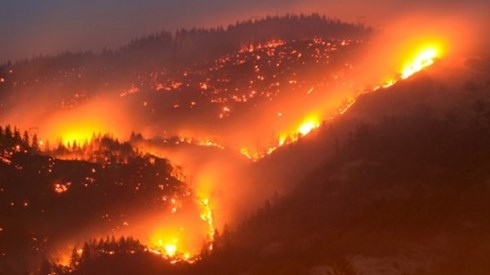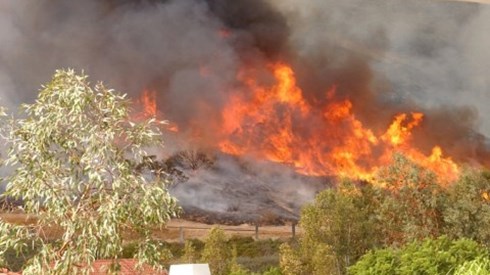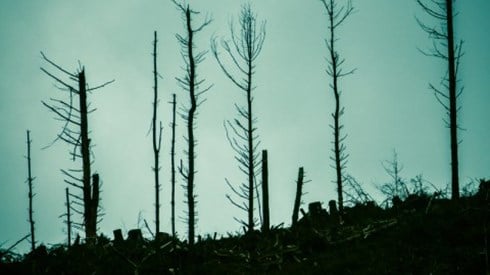Reinsurers "Uncomfortable" with Understanding of Wildfire Risk

August 27, 2019

According to S&P, reinsurers were "caught by surprise" by the back-to-back California wildfires in 2017 and 2018. Traditionally, the reinsurance sector has dealt with primary perils including US hurricanes, tornadoes, and earthquakes, where the events in 2017 and 2018 showed an increasing risk from secondary perils such as California wildfires, which have increased in frequency and severity.
S&P said that recent California wildfire modeling updates "targeted a higher level of sophistication for the primary causes of wildfires, resulting in higher frequency and severity of estimated losses. However, challenges persist in understanding this type of peril."
Challenges to modeling include climate change, bringing increased frequency and severity of dry weather and extended droughts, and increased urbanization near wildlands, which creates high density with potentially expensive properties.
S&P continued, "With back-to-back above-average catastrophe years, a number of reinsurers are not comfortable with their understanding of the risk, which has led to the sector taking a cautious approach, with many curtailing or stopping their underwriting. This has constrained the available capacity for this risk. Furthermore, retrocession capacity, which in the past provided a cheaper form of capital and enabled the players to pass on the property-catastrophe risk in general, is much more expensive after 2 subsequent years of double-digit rate increases. S&P Global Ratings expects significant rate increases for wildfire reinsurance between now and next year's renewal seasons."
Rate increases for wildfires, according to S&P, are frequently included in the aggregate pricing of other reinsurance coverage for primary perils, and therefore pricing changes for wildfires "gets somewhat lost in the aggregate pricing," according to S&P. As a result, price increases for this peril will be less obvious.
August 27, 2019



